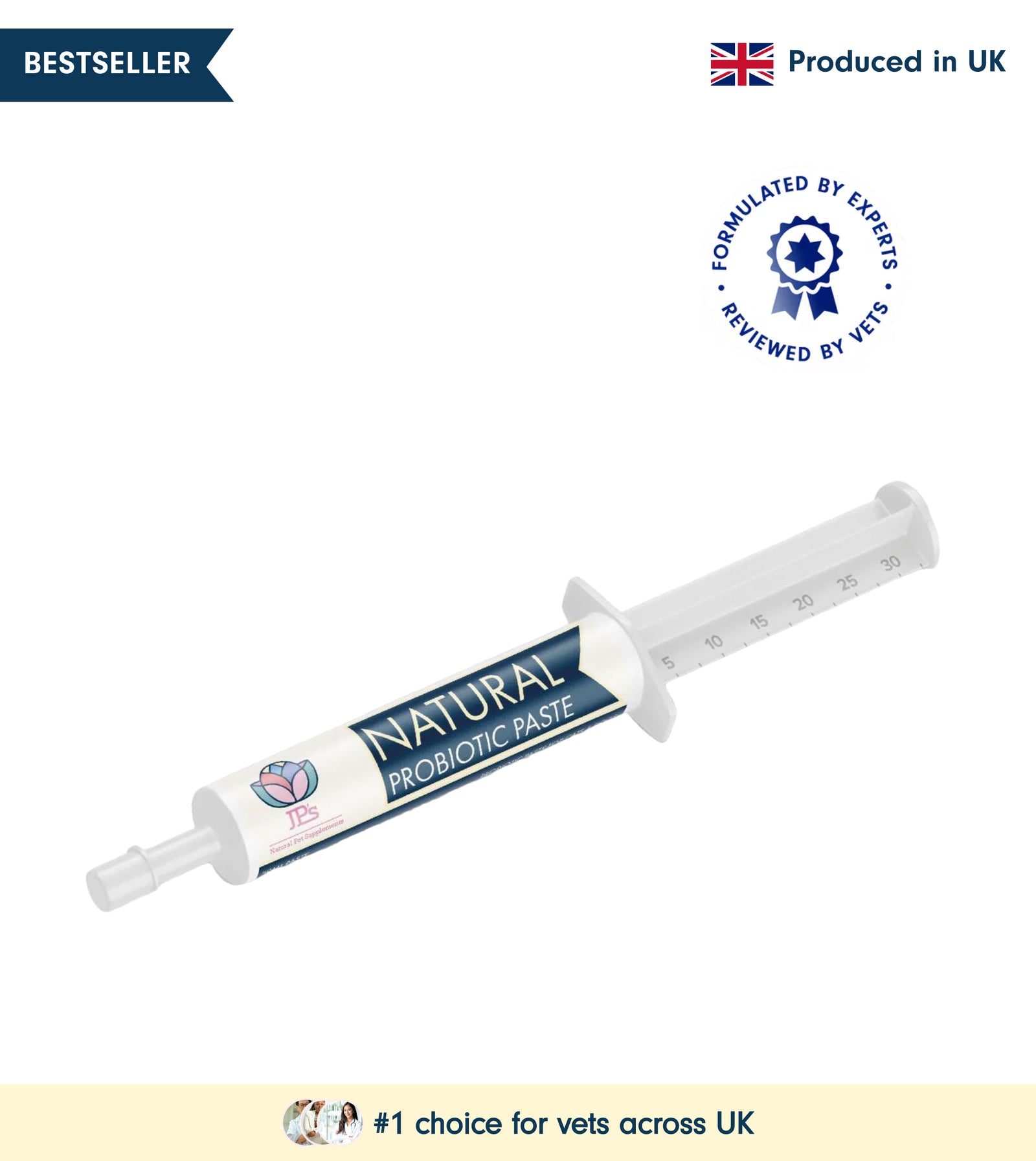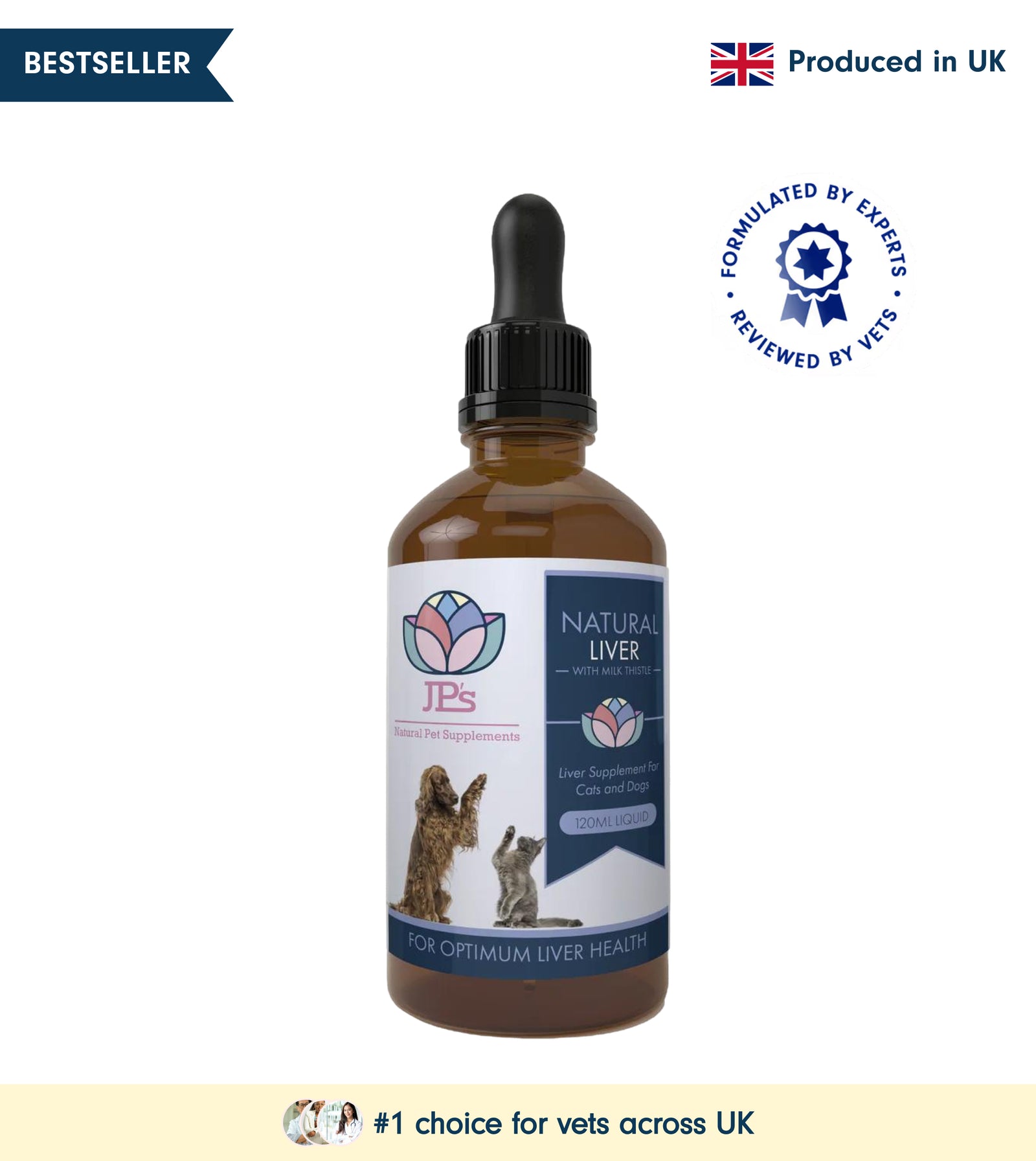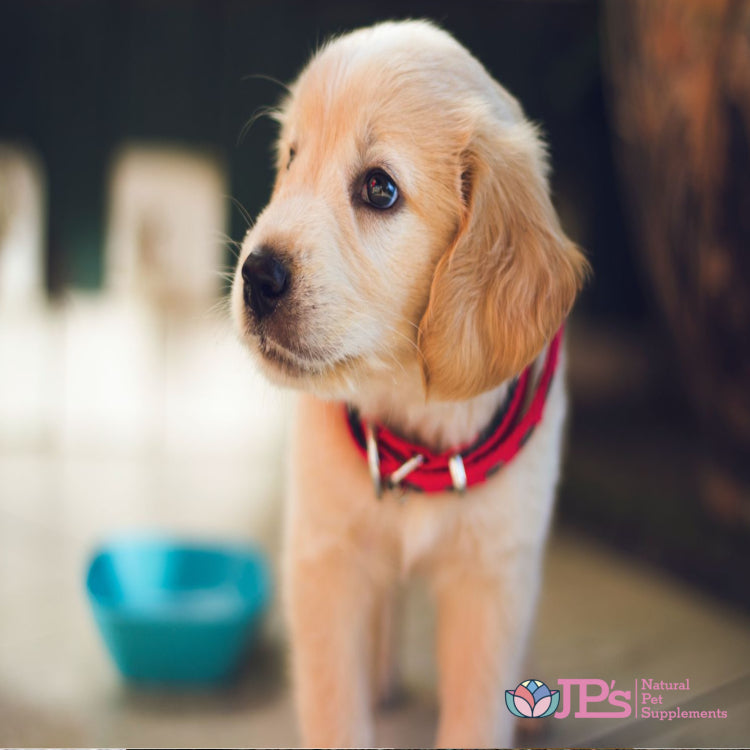Bonfire Season
It's that time of year again: Bonfire season. However, it is no longer just one night because fireworks can continue until the New Year. Fireworks are getting louder and causing extreme stress for some dogs and their owners. Although it is an incredibly stressful time for some dogs and their owners, we must try our best to stay calm around our dogs; otherwise, they can notice our frustrated, anxious energy. Owners need to try to set their dogs up for success during the firework season. This means you need to start your training early in the year, in January or February, not just a week before Bonfire Night. Certain dog owners may experience increased stress in the week leading up to Bonfire Night if they have not conducted desensitisation training with their pets.
What can we do before Bonfire Night arrives with our dogs?
We could start training earlier in the year to make it easier for our dogs before Bonfire Night. We can try desensitising with CD sound earlier in the year, or we can start crate training.
You could start crate training, giving your dog a safe place to relax and chill (don’t just wait for bonfire night and put your dog in a crate without training). You could try giving your dog’s Natural Calming supplements two months before the event and continue for the rest of the year. It wouldn't be beneficial to start the calming supplements a week before Bonfire Night; you need to get the calming supplement in the system a month before. Try our JPS Natural calming supplements. Remember, this isn’t a quick fix, but a calming supplement may help alongside your training protocols. If your dog is highly anxious, natural calming supplements won't work; you will need to see your veterinary surgeon for something more substantial.

Prevention is better than a cure
If possible, build up your dog’s social exposure BEFORE firework night. By this, I don’t mean letting fireworks off in your back garden; instead, use technology to your advantage. CDs, recordings of fireworks sounds, and related videos are available on YouTube.
To begin the exercise, start in January or February. NOT A WEEK BEFORE ❌
To begin the exercise, ensure your dog’s needs have been met, including exercise and toilet breaks, so your dog is relaxed. This should be done in an environment that your dog is comfortable with in the home, with no distractions. Start playing the CD sounds on a very low volume to start with. If your dog is calm and not reacting to the sound, then you can reward with some high value treats your dog enjoys. Repeat the exercise on the same volume for a couple of days. When you think your dog is ready for the next level, you can start turning the volume up slightly. When your dog is calm and not reacting, shower it with lots of treats on the ground to engage your dog's nose to the floor. Only you will know when your dog is ready for the next level, when the volume should increase. If you find your dog gets stressed, then turn the volume down again and reset your dog. Don't rush the training; go at your dog's pace. It’s not a race. It is helpful to have a long training line on your dog when you’re practising this exercise, to ensure the focus is on you, and they are not running around the house. It’s important not to rush the exercises and overdo the training or shout at your dog; keep the sessions short and positive.
Have brakes in between.
After you have finished your CD sounds, play with your dog and engage in a pleasurable activity, such as a tug rope game. This way, your dog learns that firework sounds are a cue for playtime with you. This releases the happy hormones, which in turn release endorphins. Unfortunately for some dogs, it’s not just about the firework sounds; dogs ' sense of smell is susceptible to the smell of gunpowder and other chemicals used in fireworks, which can be unpleasant or even frightening.
NOTE- Air pressure changes in the air and smells can also be detected by dogs associated with fireworks, which can also be unsettling for dogs. Unlike thunderstorms, which often have warning signs like changes in barometric pressure and darkening skies, fireworks are usually sudden and unpredictable, making it harder for the dog. Therefore, we must remember that it's not just about the loud fireworks.
When can I start my next training session with my dog?
When do I start the next CD session with my dog? When you begin the next session, please remember this very much depends on the individual dog. It can be as brief as an hour or as long as the next day before you start again. Remember, keep training short and positive, and ensure your dog is calm before starting your training. If you find you are not making any progress and your dog is having more problems, please stop the exercises; you will only make the anxiety behaviour worse. For extreme cases, you may want to consult your veterinary surgeon for some advice. Sometimes, sound sensitivity may be associated with medical and general psychological issues, pain-related issues, dementia in dogs, and old age. Pain can also lead to fear and anxiety, noise sensitivity.
Bonfire Night keep calm tips.
During the day, you want to try to keep your dog as calm as possible. If your dog becomes highly aroused or overstimulated around the time leading up to Bonfire Night, this may increase their stress levels on the night. Remember cortisol stress hormones is released in the body when put under stress and anxious stress hormones can accumulate and take 72 hours for cortisol levels to return to normal, for dogs who regularly experience overwhelming or over arousing events cortisol levels stay elevated long term, just like people, this means they can be more touchy and edgy dog in general who is quicker to overreact to situations. Cortisol levels can increase if you let your dog pace around the home environment
Apart from training protocols what else can we try?
Invest in some calming enrichments, and calming activities, such as scent work games (find the treats) with your dog through the day, food stuffed kongs, lick mats, outlets that your dog enjoys such as tug rope game, find a relaxing walk to take your dog such as a woodland walk so, they can decompress and engage the nose to the ground exploring, sniffing. I personally don’t let my dogs off the leash this time of year because some people let fireworks off in the daytime, so I attach a long training line to keep them safe. You don't want your dog to hear a bang and then take flight because they are scared.
Safety tips
Keep your dog indoors (and cats). Ensure they have identification, such as a registered microchip and address disc on the collar in case they escape due to fear. Check that all fencing in your garden is safe and that gates are closed, so your dog can’t escape. If you're taking your dog out to the toilet in the garden, have them on a lead for safety. For your rescue or nervous dogs, consider doubling up on your walking equipment, including double-end clip leads, harnesses, and collars with double clips attached, to prevent them from slipping out of a collar and escaping.
Safe place for your dog.
If your dog is not crate-trained (not all dogs take to crates if not trained), provide a safe place in the home for your dog. If your dog has a coping mechanism during stressful times, such as going in the crate or finding a place to hide, ensure they are comfortable and let them chill. Whatever they are doing at that moment, it's helping their stress levels. Please don't take them out of their safe place. We all know that some owners want to put human emotions on their dogs because hugging also makes humans feel better. However, nine times out of ten, this will not be helpful to your dog at this moment, especially if you've removed them from their safe place to give them a reassuring hug. However, if you’re dog wants to be next to you in this situation, then let them be close to you for reassurance. Some dogs may welcome a calming massage; every dog is an individual, so it depends on your dog.
Getting the house ready.
Act calmly and normally around your dog, because providing too much fuss can reinforce the idea that there is something to be afraid of. Draw the curtains or blinds, and if necessary, drape over additional fabric to muffle sounds and keep out flashing lights. Have your TV or radio on loud to drown out the sound of fireworks outside. If your dog is happy and content in the crate and not stressed, put your dog in the crate if they are pacing around the home, or if you haven't got a crate attach indoor lead and try encourage them to be calm next to you, Tip try the lead training in the house next to you at least 2 months before bonfire night so they are used to this training exercise NOT just on bonfire night. Please do not put your dog in a crate if they are not crate-trained, as this can increase anxiety, and your dog could hurt themselves trying to get out of the crate.
It’s not a great idea to go out if your dog is highly anxious on firework night, but if you need to leave the house for any reason, consider investing in a dog camera to monitor your dog's behaviour.
Please do not take your stressed, anxious dog out walking during fireworks to face their fears; this will not help them.
What else can owners do to help?
Remember, every dog is different and individual, so what may help some dogs can be different for others.
Some Products/ supplements may be helpful to try alongside TRAINING. I'm not saying it's a miracle cure, but it could be worth trying. If you're buying calming supplements a week before bonfire night and know training is in place, please save your money because it won't work. You need to look at more management at this point.
Thunder shirts and anxiety wraps are designed to reduce anxiety in some dogs by applying pressure points on the dog's body.
Organic lavender spray, or a diffuser, can be used with calming essential oils such as frankincense, chamomile, and lavender.
A variety of natural calming treats are widely available, such as L-Tryptophan, CBD organic oil without THC.
White noise machines for a calming effect
CDs with calming frequencies, 432Hz or 528Hz classical music
Anxiety dog beds are like a doughnut shape with raised edges.
EXERCISE /outlets are also critical for burning off energy; decompression walks, if possible, in the countryside, are beneficial. Walk in the daytime, not at nighttime.
Relaxing, calming massages for the vagus nerve if your dog is happy to let you massage them. The vagus nerve is a major player in your dog’s health and can help anxious dogs.
Gentle ways to help, soft massage along the neck and pressure point stimulation, research the vagus nerve massage protocols.
Adaptil calm Diffuser.
Food-stuffed kongs
Licky mats with food
Blackout curtains keep the flashing lights out.
Dog snoods for the head.
Cooking food stimulates smell, which at home can be a distraction on Bonfire Night.
If your dog is happy in the crate or a safe place in the home, try giving them a juicy bone. If they don’t want anything while the fireworks are going off, consider offering a bone once they've finished, a tasty dinner to show appreciation for the fireworks ending, or a game that your dog enjoys, such as the tug rope game
Conclusion
In an ideal world, we would only have Bonfire Night one night, as it's intended, or controlled firework displays only. It’s not just about our pets; it’s about our wildlife too. What about the poor rescue dogs in kennels, horses in fields? I don’t see Bonfire Night changing because it’s about the money. So, we have to try to do our best in these situations for our pets. Situations can change, no matter how much training we put into our dogs. For example, my old dog Charlie was always good on Bonfire Night; nothing bothered him, but since he went completely blind two years ago, he’s extremely stressed hearing fireworks because everything is heightened for him so that situations can change, such as old age dementia, noise phobias, and PAIN, this can impact your dog's behaviour this when you may need to book appointment with your veterinary surgeon as they may need some help something bit stronger than Natural pet calming tablets.
To sign my petition to ban the public sales of fireworks CLICK HERE
.



















Leave a comment (all fields required)